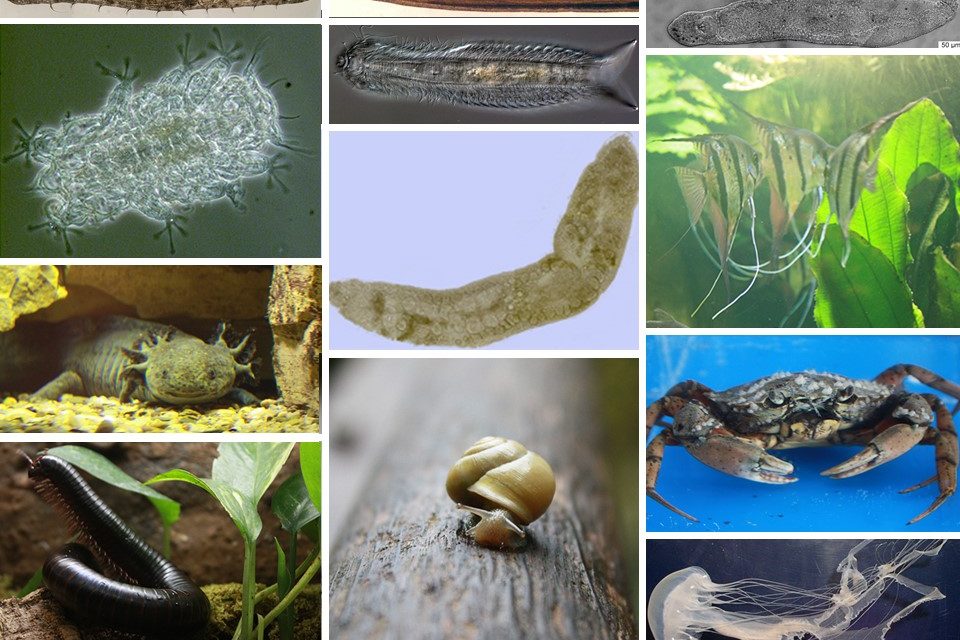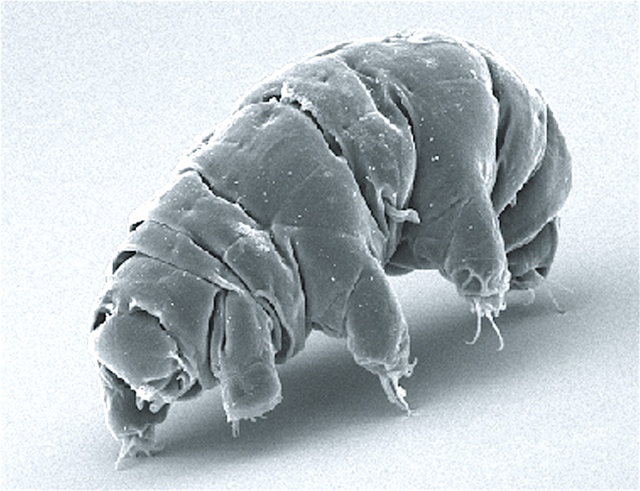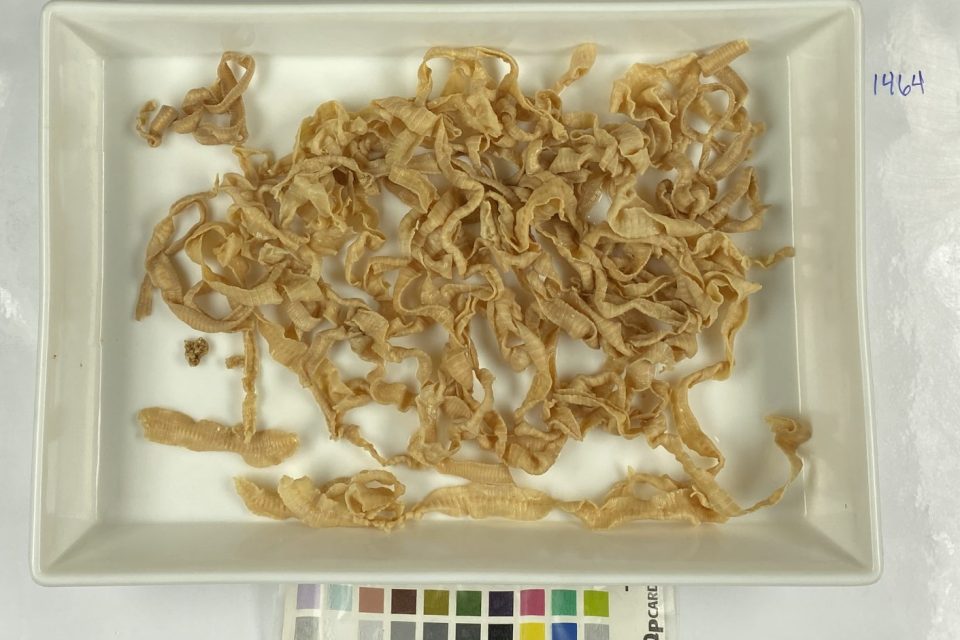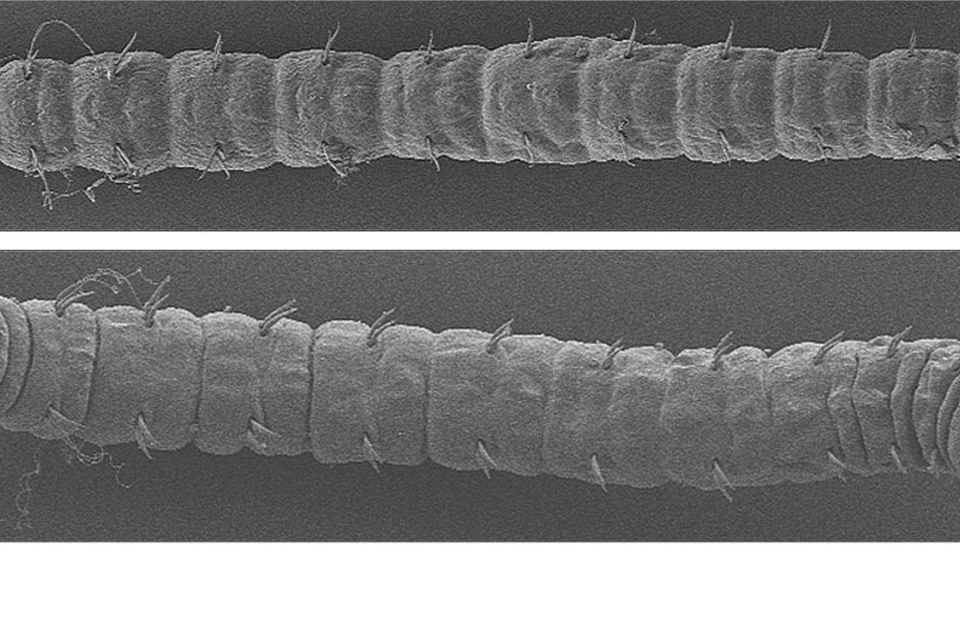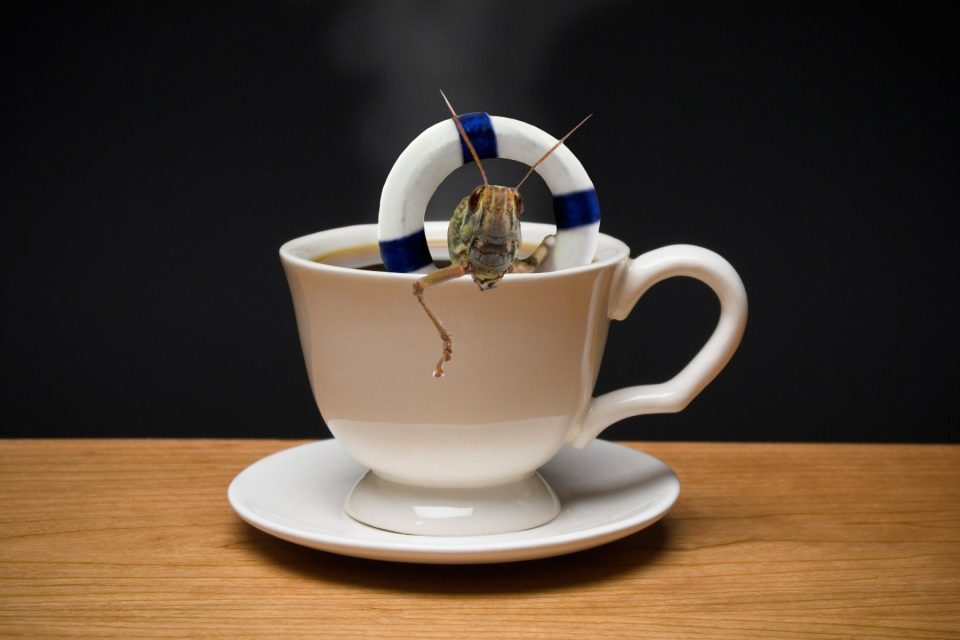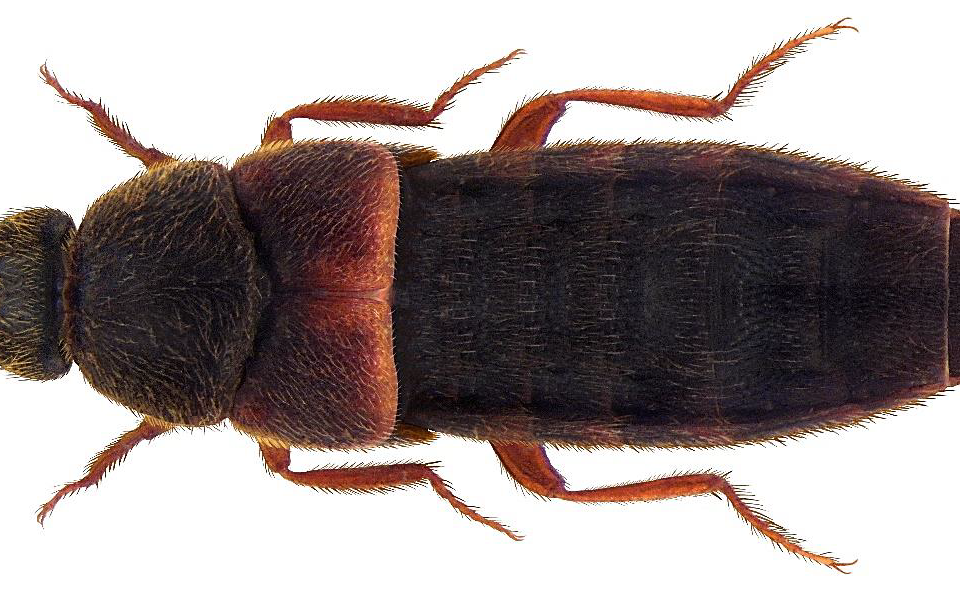
Staphylinid beetles, 24 new genetic markers and new insights into their taxonomy – Jørgen’s defence
Yesterday, Jørgen Hansen Starholm defended his Master thesis “Solving phylogenetic relationships within the Rove beetle genus Aleochara (Coleoptera: Staphylinidae) by utilizing a novel approach based on High Throughput Sequencing” successfully. The purpose of the thesis was to infer a phylogeny of Aleochara based on more nuclear markers and […]
